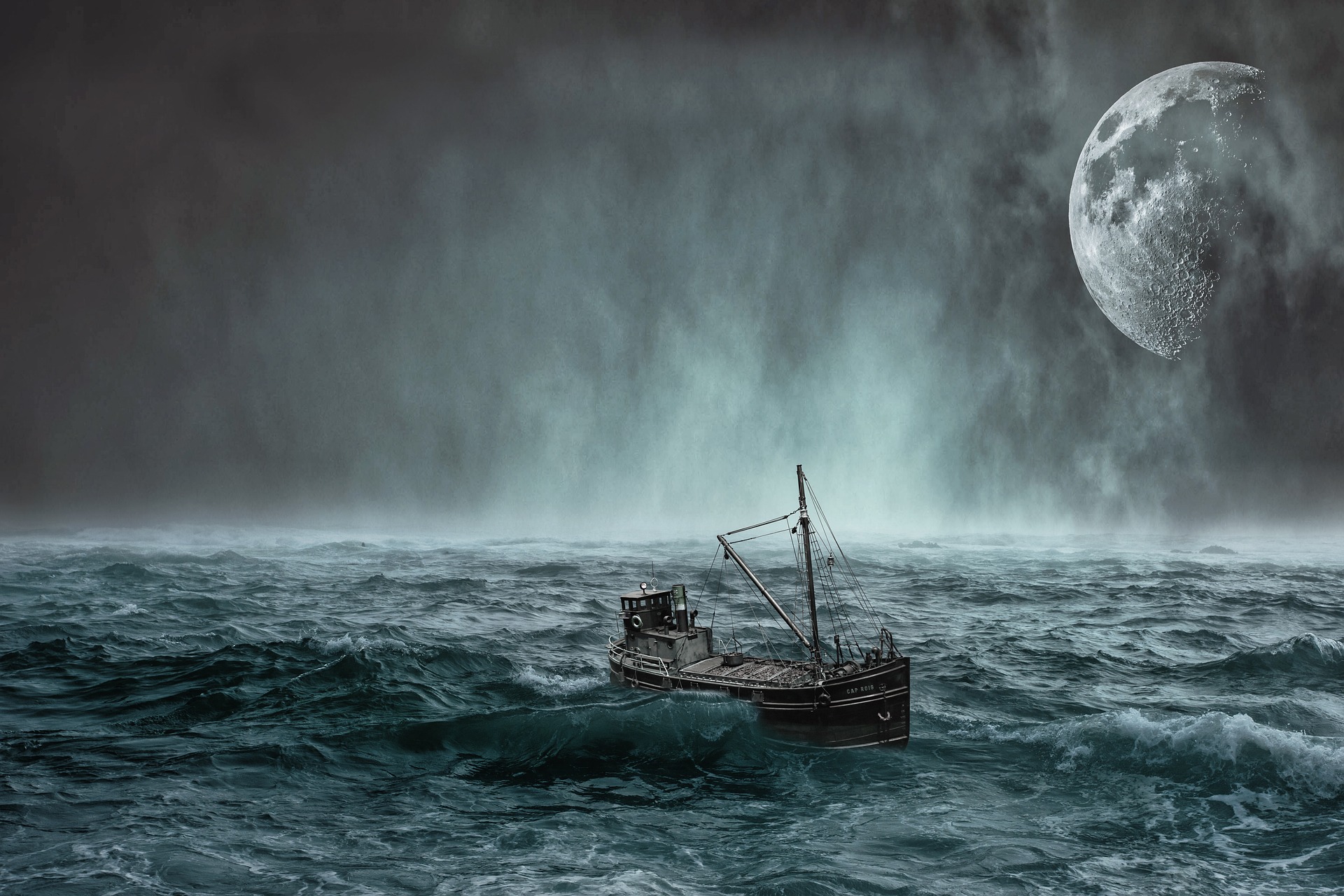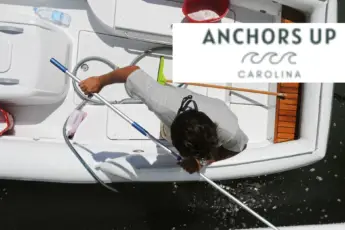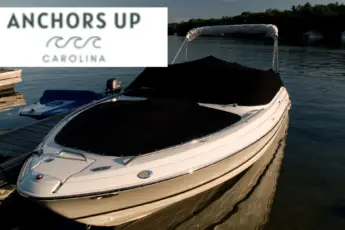Spending time on the water is popular among anglers, pleasure cruisers,
water sports enthusiasts, and more. Ample opportunities are available in
Georgia, South Carolina, and North Carolina between the Atlantic Ocean, lakes,
rivers, and inland coastal waters. Determining what is considered rough seas is
challenging, and it is highly impacted by the body of water, the size of the
vessel, and the height of the waves. Here is what you need to know about what
is considered rough seas.
Considerations When It Comes To Determining What Is Or What Is Not Rough Seas
To determine when conditions may be too rough to venture out onto the water,
consider the following.
Size Of The Vessel
Let’s face it; vessels come in many shapes and sizes. They range from small
kayaks to ocean freighters exceeding 1,000 feet in length. Obviously,
conditions affect vessels differently depending on the size. However, never
assume that even the largest of ships cannot succumb to extreme wave heights.
Wave Height
In regards to wave height, the size of the seas is dependent on the strength
of the wind. Additionally, the direction of the current also comes into factor.
We have experienced varying wave heights in different size vessels and
understand how the boat becomes impacted. Before heading out onto a lake,
river, inland coastal waterway, or open ocean, always check the
marine forecast. The marine forecast
will provide you with permanent information, including wave heights, wind
speed, wind direction, and the distance between the waves.
Often overlooked is the wave period. The wave period is the elapsed time
between the peaks of two waves. Short intervals mean sharply pitched seas
versus long intervals, which are a gentle roll. With either, the wave height
ranges from minimal to massive.
Body Of Water
To start, lets explore the open ocean and how vessels become impacted by
rough seas. Unless the wind is moving from inshore to offshore, you will find
little to no relief from wind driven waves. When stiff winds are present,
remain close to shore for the smallest waves when the wind pushes from inshore
to offshore.
When high winds are in the forecast from any other direction, the seas build
and become dangerous. The waves present danger to small crafts or ships
depending on the height. Even more concerning are inlets. Inlets build massive
waves when the current flows out, and the wind pushes inland. Navigating inlets
in high winds and currents become treacherous. Keep on the lookout for a small
craft advisory. Never venture offshore in a small craft advisory.
Rivers are impacted the least by high winds. Due to the limited width and
frequent turns, waves do not build significantly. However, they can present
danger to kayaks and canoes.
Lakes depending on the size are prone to rough sea conditions. As the wind
pushes across the open waters the waves build which puts boaters at risk. Avoid
boating or paddling on lakes when high winds are forecasted.
Inland coastal waters are impacted differently depending on where you are
boating. Open sounds and coastal rivers are subject to rough seas when the
winds are stiff. However, it is likely to seek shelter and locate calm waters
in tidal creeks. Keep in mind if getting to and from a coastal creek requires
venturing in open water, don’t risk boating when small craft advisories are in
place.
How Rough Seas Impact Water Sports
When heading out on the water to engage in water sports here is how waves
impact the most common water activities.
Fishing
Have you ever tried sitting at anchor in rough seas while fishing? The boat
rocks continuously making standing a difficult task. Even more dangerous is
taking a wave over the bow of the boat while at anchor. Unfortunately boats
sink on a annual basis due to anchoring in conditions that cause rapid water
inundation.
Similar to sitting at anchor trolling presents a risk in rough seas. A side
sea which is when the waves strike the side of the vessel puts the boat at risk
of capsizing. This applies to large offshore vessels and canoes and kayaks.
Paddle Sports
Water sport enthusiasts never want to be stuck shoreside on a day off from
work. However, never venture out on a kayak, paddle board, canoe, or other
paddle boat when high winds and rough seas are expected. All of these types of
watercraft are at high risk of swamping and capsizing resulting in the operator
ending up in the water.
Diving and Snorkeling
Similar to fishing, a boat is at risk to capsizing and swamping when divers
or snorkelers are in the water. Most important is the risk presented to the
people in the water. The snorkeler or diver becomes challenged to spot the boat
in high seas. Conversely, the spotter sitting on the boat quickly loses sight
of dive flags and snorkelers.
Remember, visibility will be minimal because the rough seas stir the sea floor.
Stay home and pick not only a safer day but a day that offers the best
visibility.
So What Is Considered Rough Seas
So to best answer the question of what is considered rough seas, it is the size of the vessel in combination with the height of the waves. No boat is ever too big to pass through any sea conditions it may face. Always review the marine forecast before venturing out. Don’t put yourself and your friends or family at risk. Pick another day if the conditions are questionable.







